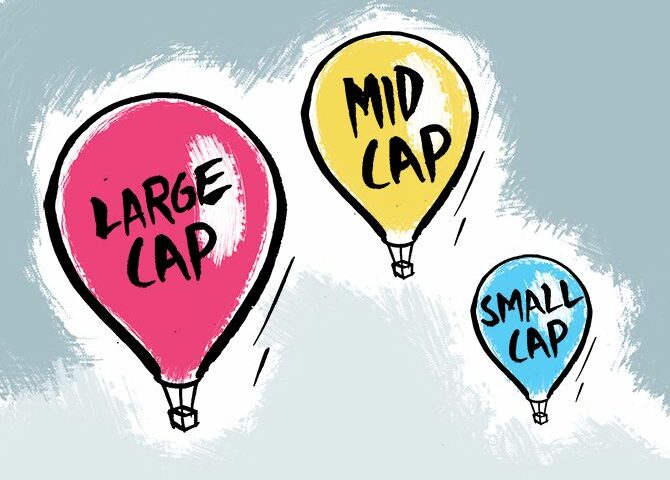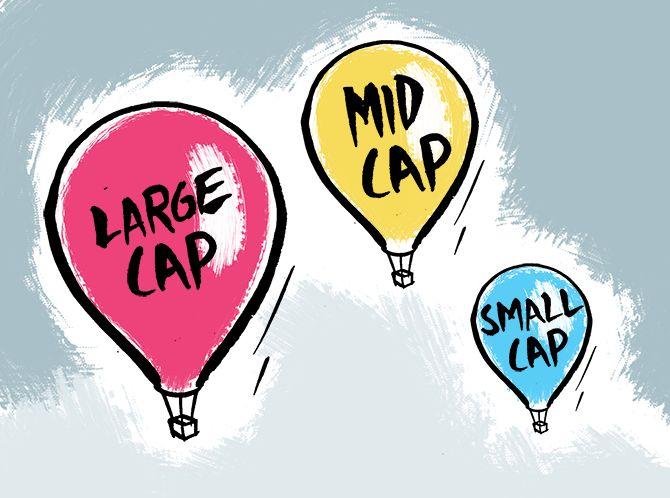Sebi defines top 100 companies by market cap as large-caps, the next 150 stocks as mid-caps, and the rest as small-caps.
With India’s market capitalisation surpassing the $3-trillion mark, stocks across the board are adding heft.
The upper limit for qualifying as a mid-cap stock –under the Securities and Exchange Board of India’s (Sebi’s) definition for mutual fund reclassification — has hit an all-time high of $5.4 billion.
In 2013, amid the taper tantrum sell-off, it had dropped to just $1 billion, shows an analysis done by ICICI Securities.
Essentially, this means the size of the 101st listed company has jumped five times in eight years, while the benchmark Sensex has risen 2.7 times.
Sebi defines top 100 companies by market cap as large-caps, the next 150 stocks as mid-caps, and the rest as small-caps.
The list is computed by industry body Association of Mutual Funds in India on a half-year basis.
The upper limit for small-caps — the 251st ranked company in terms of market cap — is currently $1.6 billion.
This is almost double what it was a year ago, but below the January 2018 highs, when it was $1.78 billion.
India’s market cap has more than doubled from last year’s Covid-19 lows.
On June 7, India’s market cap stood at $3.15 trillion.
In July, Amfi will release a list ranking India’s listed companies based on their average market capitalisation for January-June period.
“Your average mid-cap or small-cap is bigger than ever before.
“Imagine companies with market cap in excess of Rs 10,000 crore being called small-caps.
“If someone has to play the mid-cap theme in the true sense probably they have to scout for opportunities in the small-cap universe and those looking for small-cap should look at micro-caps,” said a fund manager.
If the market holds around the current levels, the market cap range for companies in the mid-cap universe will be between Rs 12,000 crore and Rs 40,000 crore.
Source: Read Full Article


